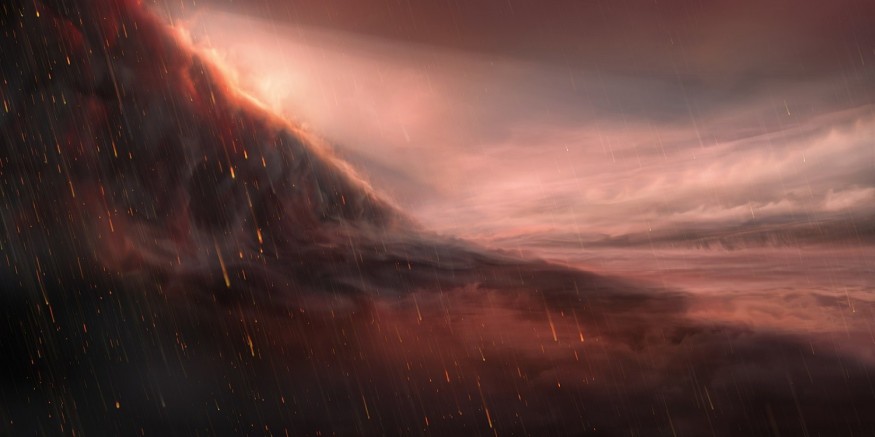Gast giant planets may form their final shape far more quickly than previously anticipated. Based on fresh evidence, a research team from the Institute for Astrophysics of the Canary Islands (IAC) suspects this. The team of Alejandro Suárez Mascareo discovered two of these gas giants around the star V1298 Tau. If the hypothesis is correct, the history of Jupiter and Saturn's beginnings will have to be rewritten.
According to the IAC team, V1298 Tau is only 20 million years old. Two exoplanets circling the young star had masses and radii that were similar to giant gas planets. So far, it has been anticipated that such massive planets will decrease to their ultimate size over hundreds of millions or possibly billions of years.
Researchers detailed their study, titled "Rapid Contraction of Giant Planets Orbiting the 20-Million-Year-Old Star v1298 Tau," in Nature Astronomy.

Jupiter-Like Gas Planets
V1298 Tau is around 350 light-years distant from Earth and features four exoplanets. Mascareo and his colleagues used various tools to study the two outer planets, V1298 Tau b and e. Their orbital periods are 24 and 40 days, respectively. A team led by Trevor David (JPL) using data from NASA's Kepler satellite telescope found V1298 Tau in 2019, SpaceRef said.
In a statement, Mascareo said that studying such immature systems in more depth was extremely difficult and, until recently, unthinkable. This is because the stars are still quite active at this point.
ALSO READ : Debris Disk Around Main-Sequence Star Can Help Scientists Find New Exoplanets When Asteroids Collide
The two planets have now been analyzed using modern tools and cutting-edge analytical techniques. Researchers have discovered that they are somewhat smaller than Jupiter. This indicates they're "surprisingly comparable" to gas giants not only in our solar system, but also in other star systems. These data, which are the first of their kind for such young giant planets, allow experts to test existing theories regarding planetary system formation.
"For many years, theoretical models have indicated that giant planets begin their evolution as bodies with a larger size, and later they contract over hundreds millions or even billions of years," explains Víctor J. Sánchez Béjar per Phys.org. Sánchez Béjar is a researcher at the IAC and co-author of the work.
Theoretical models have consistently predicted that such massive gas planets start out as much bigger objects that gradually diminish over a lengthy period. Because V1298 Tau is just 20 million years old, we now know that this process can go considerably quicker. However, it is unclear if the system's current state is typical or extraordinary.
If it turns out that the formation of huge gas planets usually occurs in this manner, the researchers believe that the history of Saturn and Jupiter would have gone substantially differently than previously thought. In any event, the discovery would aid in our understanding of planet creation.
RELATED ARTICLE : New Mercury Like Exoplanet Full of Iron Discovered; Rotates Parent Star in Less Than 8 Earth Hours
Check out more news and information on Space in Science Times.
© 2026 ScienceTimes.com All rights reserved. Do not reproduce without permission. The window to the world of Science Times.











